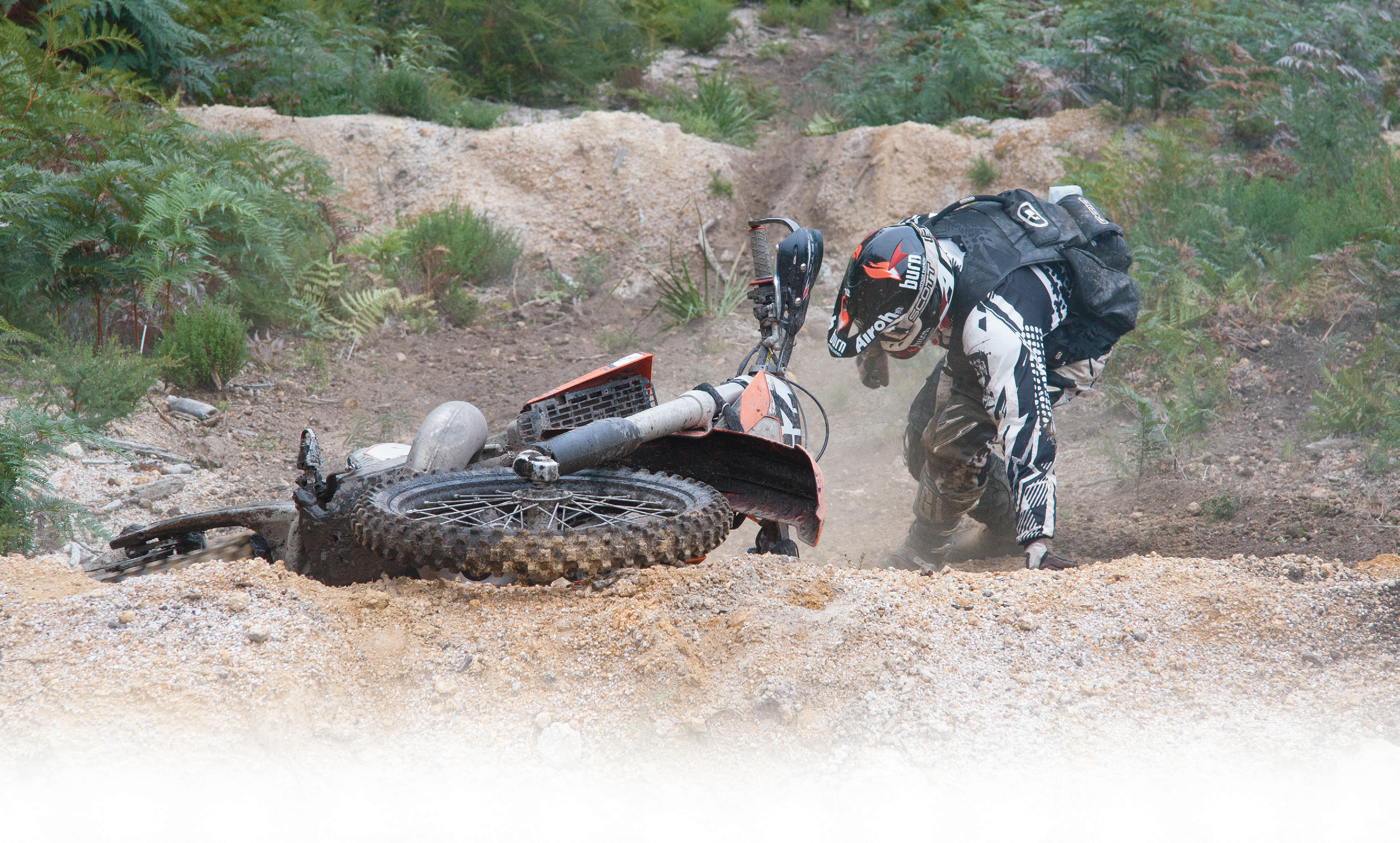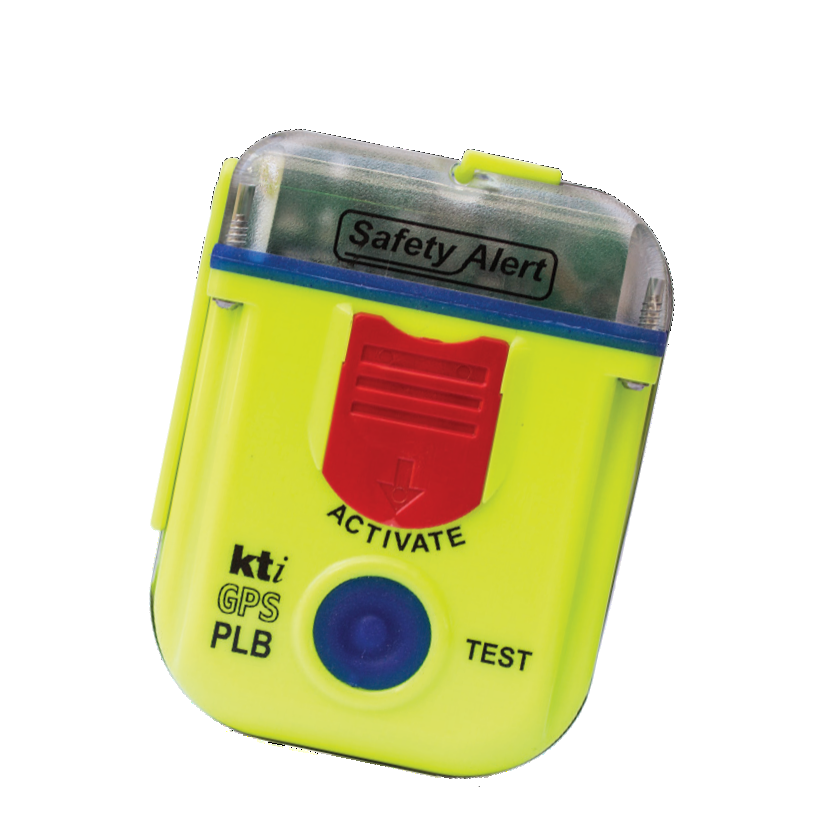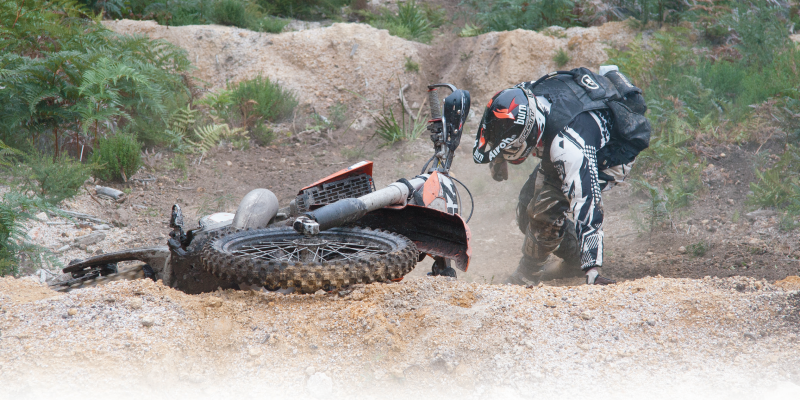- It’s what we do – adventure motorbike magazine
- BMW GS Safari Enduro = adventure motorbikes, news, reviews, publication
- BMW F850GS Rallye X
- Strap Yourself In
- The Dempster
- TomTom Rider 450
- Read Between The Lines
- Locked Gates – motorbike magazine, australian motorcycle publication
- Ural Adventure Ride 2018
- Sri Lanka – adventure motorbike tour, motorcycle magazine
- The Best Job In The World = australian motorbike magazine
- Wet Arses
- Yamaha Tracer 900
- Congregation 2018
- We Didn’t Have PLBs In Those Days
- Sahara To Sunraysia = australian motorbike riding tours news event magazine
- Managing Risk with Miles Davis
- Thinking Big? Start Small with Andy Strapz
- A Precautionary Tale from Karen Ramsay
- Checkout
- Fit out – australian adventure motorbike riding
Warren Jack remembers a tough day that underlines the importance of a reliable location beacon.
It was a two-day ride from Batemans Bay to Cobargo and back on the NSW south coast and all was going well until mid-Saturday afternoon. Up until then we hadn’t even had a flat tyre among the 40-odd riders in the group. Suddenly, we had serious problems indeed.

Too much talk
The rider behind Chris came around a bend on the fire road to see Chris’s KTM on its side and no sign of the rider. This track was travelling across and down a mountain with a very steep drop on the left hand side.
The KTM’s front wheel was over the edge but the rest of the bike was on the track, and it was pretty obvious where Chris was.
He was over the edge about 25 metres down and not feeling too good.
Every time he shifted his weight he would slide a little further down the slope, and we
soon had a few of us at his side, bracing him.Chris was conscious but suffering from neck pain. That’s never a good sign. He wanted to take his helmet off, but he was a fireman, and with all the emergency training they get he should’ve known better.
Some of us told him to leave it on, some said let him take it off, and while this discussion was taking place Chris removed the helmet himself.
Next he wanted to get back up onto the road, but the slope was too steep to try and carry him. Another discussion ensued about waiting for the emergency services to arrive with the relevant rescue gear. While we argued Chris rolled over onto his hands and knees and started crawling. All we could do was to try and support him so he didn’t slip backwards.

Slippery slope
One of our number had a mobile phone – this was back in the days when not everybody had one – but he had to return to the top of the mountain to get a signal, and it was patchy at best. Then he had to describe where we were so the first responders could find us. A PLB with GPS location would’ve been a godsend.
The ambulance eventually arrived, and by that time we’d made Chris as comfortable as possible and tried to immobilise him the best we could. It’d started to rain and he was going into shock, so we’d erected a cover and lit a fire.
When the ambulance finally found us it couldn’t turn around on the narrow road, so the ambos drove slowly to the bottom to find room. At the bottom they then made a call for a helicopter as the trip down had the vehicle slipping and sliding, and it was only a two-wheel-drive unit.
Close call
It was getting late and as the rain clouds gathered, it got a lot darker as well.
The chopper found us, but it was low on fuel as it had been on its way to refuel after another job when it had been diverted. Initially the chopper crew suggested everyone just camp in the bush for the night and they’d refuel and return in the morning.
The chopper crew were the only ones who thought that was a sensible suggestion.
By that stage the police had arrived in a 4WD Toyota, but didn’t have the room for a stretcher patient. So that wasn’t an option.
There was a small clearing over a creek at the bottom of the track before it started climbing again and the chopper crew only had time for one attempt at a lift. Chris was put in the litter and winched up, only to be swung through the tree branches as the helicopter had drifted slightly. He told us afterwards the low-fuel warning buzzer had been going off well before they landed at Moruya airport to refuel, and the Paramedic had lost her balance and sat on his head when disengaging the litter from the winch after they’d lifted him out of the bush.
Good result
The police gave the ambos a lift home and they left the ambulance at the bottom of the track, which was very muddy by then. An RFS truck towed it out the next day.
Luck was on Chris’s side that day. At the hospital it was discovered he had a broken neck and he now has some fused vertebrae and pins in his spine.
All’s well that ends well, but so many things could’ve gone wrong that may have left Chris with far worse than restricted neck movement. If PLB’s had been available back then we’d have probably had the right kind of help a whole lot faster.
A PLB is on its way to Mike

KTI, Australia’s leading producer of quality PLBs, is offering a PLB to riders who share their rescue stories with Adventure Rider Magazine’s readers. In an emergency situation where minutes count, a PLB can mean the difference between timely help and something much worse, and KTI wants to see Adventure Rider Magazine’s readers properly equipped.
Do you have a good rescue story?
If so, send it to tom@maynemedia.com.au. KTi is so keen to see riders carrying emergency beacons they’re going to give a free PLB to a rescue story we publish. It doesn’t have to be a story using a PLB, but it should preferably have usable pics.
If you’ve been in trouble once, you should know how important a PLB can be.
Share your story and make sure you’re prepared if it ever happens again.



















Comments